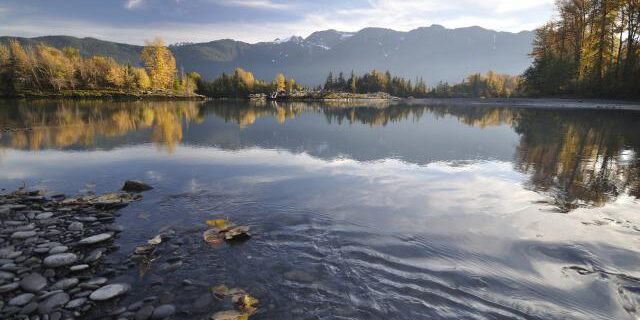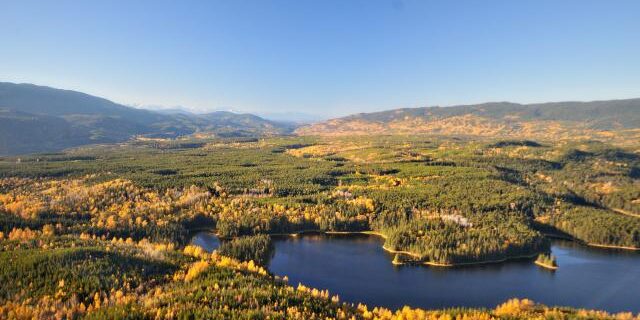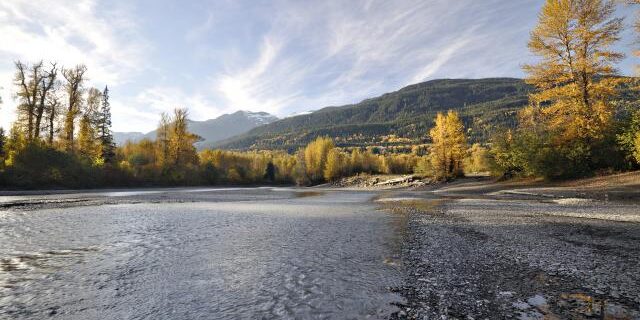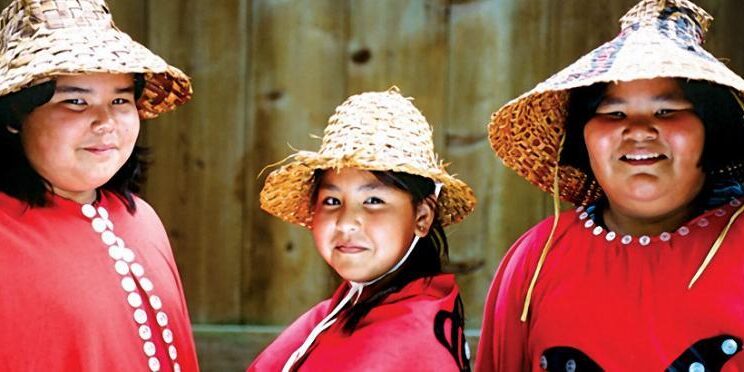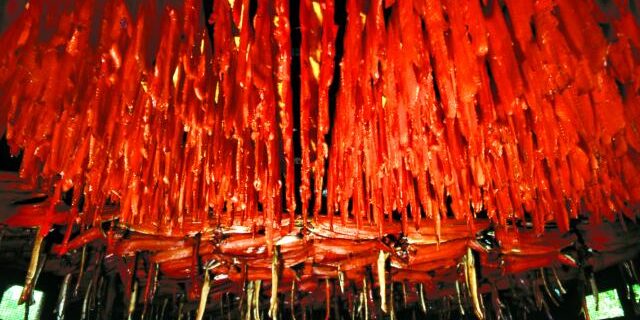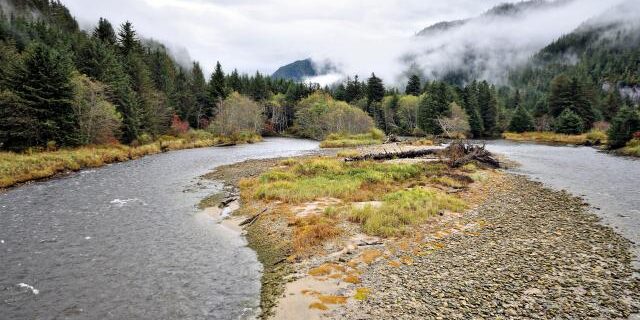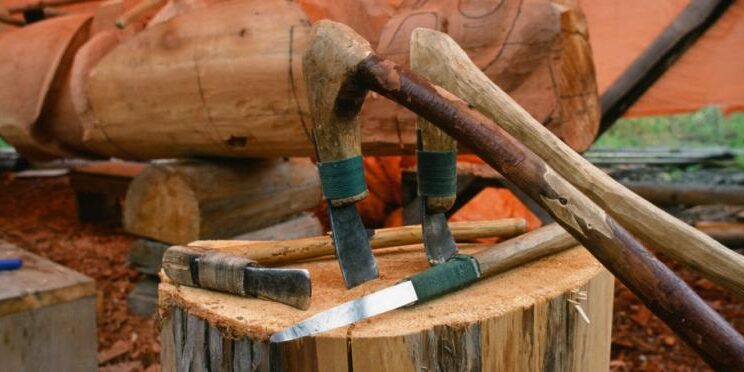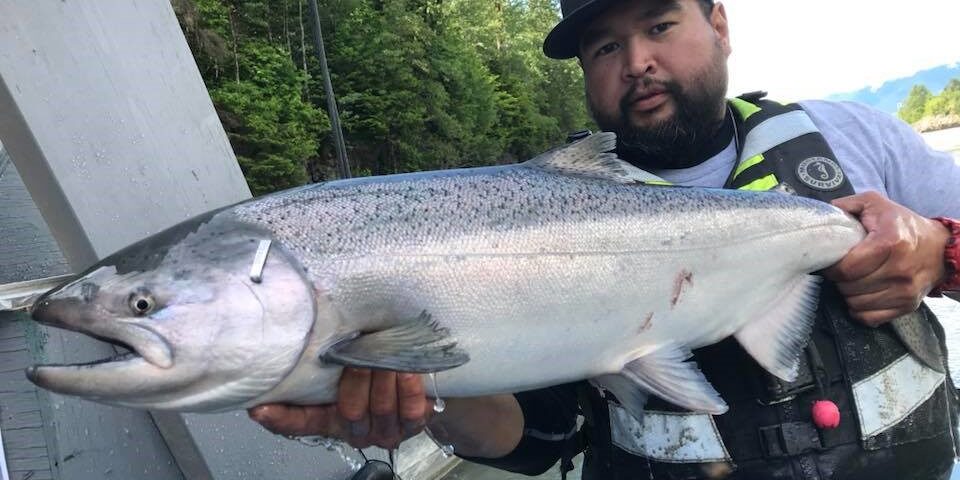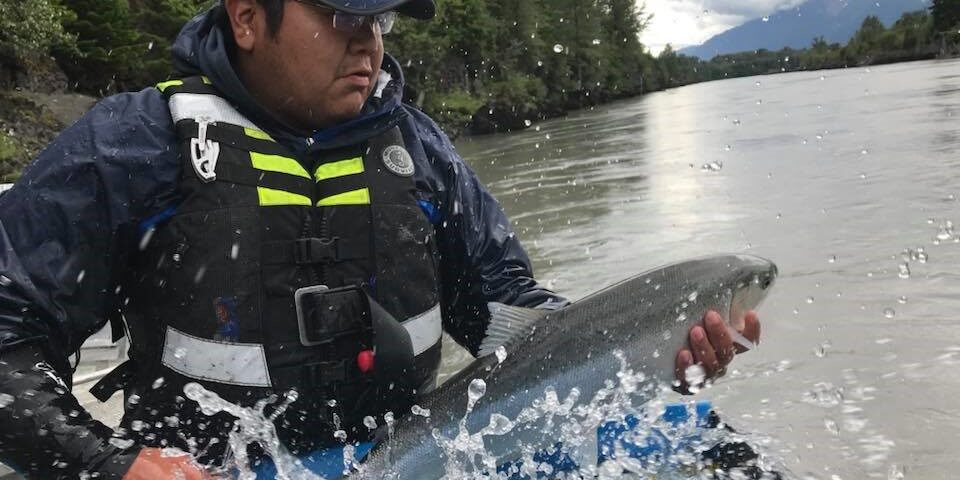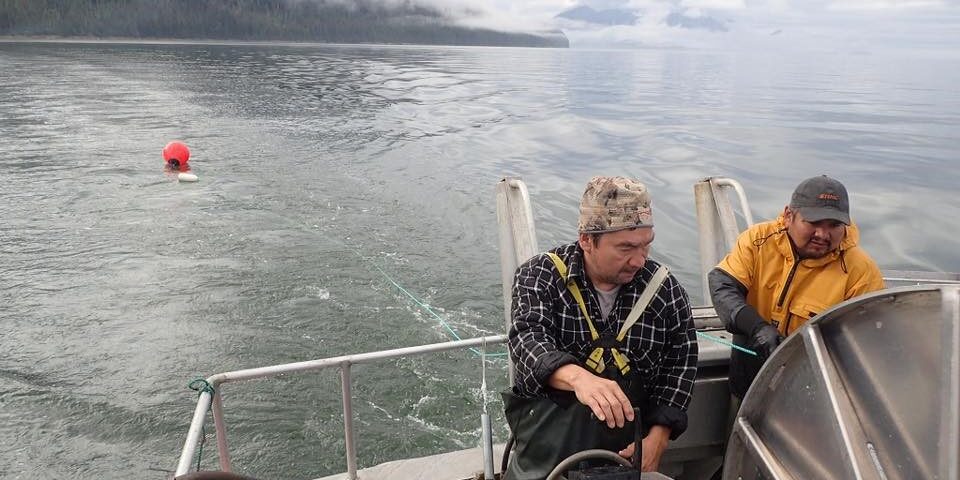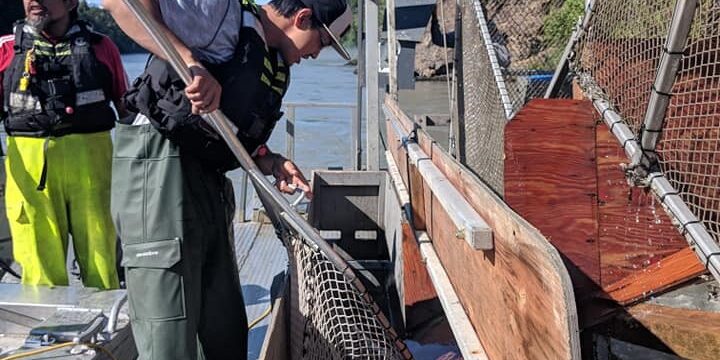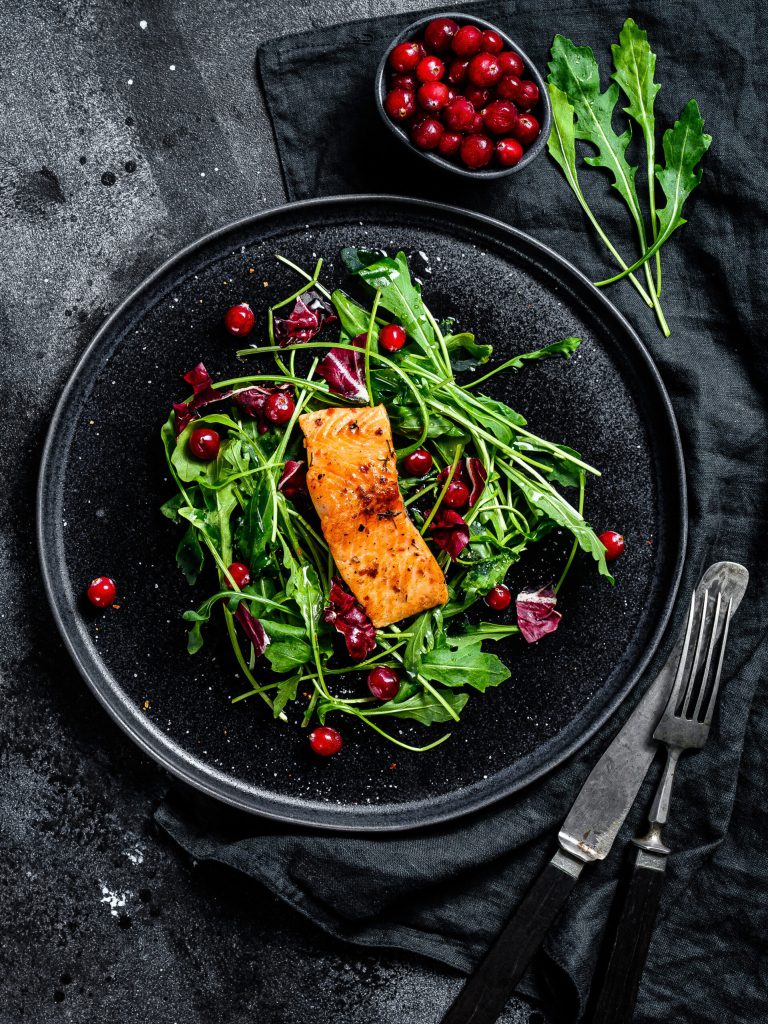Nisga’a Fisheries
We are the Nisga’a and the richness of our fisheries is due in large part to the Nass River (K’alii Aksim Lisims). This is a place of ancient spawning grounds for Eulachon, steelhead, and five species of wild Pacific salmon.
Our fishery remains the lifeblood of Nisga’a commerce and culture today.
As one of British Columbia’s most northernly fisheries, our early arriving salmon make our fishery one of the earliest in Canada, commanding a high price for its quality, timing, and freshness.
Location & Significant Feature
The Nass River located near the boarder of Alaska USA is one of British Columbia’s greatest Pacific salmon rivers. It is comparable only to the Fraser and Skeena Rivers in the size of the watershed and the abundance, diversity and health of the fishery. It flows southwest 380 km from the Coast Mountains, draining more than 20,000 square kilometers and dropping more than 1,000 meters to Portland Inlet, before flowing into the North Pacific Ocean via the Dixon Entrance north of Prince Rupert.
Nass River’s major tributaries are the Bell-Irving, Meziadin and Cranberry rivers, with significant sockeye contributions to the Pacific fishery from Meziadin, Bowser, and Damdochax Rivers, and Fred Wright lakes. The Meziadin fishway was constructed by the Government of Canada, opening in 1966 to bypass a series of waterfalls known as Victoria Falls. The purpose of the fishway was to provide access to existing spawning grounds above the falls and to provide a method of determining the spawning escapement of sockeye salmon in the Meziadin River. Today we believe that 70-80% of the Nass River sockeye come from the Meziadin River (source).
The alkali basalt flows, some 50 kilometers upstream from the sea near the Nisga’a communities of Gitlaxt’aamiks and Gitwinksihlkw, is one of the youngest and most accessible volcanic features in BC. Nisga’a historical accounts describe some 2000 people killed by volcanic flows in the late 1700s from two villages destroyed in the eruption; Wii Lax K’abit and Lax Ksiluux. Nisga’a lava Bed Park serves as a Nisga’a memorial to those who lost their lives in the wake of the eruption (source).
After seeking a land claims settlement for 113 years, Nisga’a negotiators signed British Columbia’s first modern treaty, on 27 May 1998 and came into effect on May 11, 2000. The Treaty, also known as the Nisga’a Final Agreement, involved the governments of British Columbia and Canada, and covered nearly 2,000 km² of land and for fisheries management purposes included the Nass Area of 26,000 km2 . It formally adopted thirty-one Nisga’a placenames, a water reserve, and included creation of the Bear Glacier Provincial Park at the headwaters of Portland Canal as a Nisga’a park.
The land-claim settlement was the first formal modern day comprehensive treaty in the province— the first signed by a First Nation in British Columbia since the Douglas Treaties in 1854, Treaty 8 in 1899, and the fourteenth modern treaty in Canada to be negotiated since 1976. The agreement gives the Nisga’a control over their land, including the forestry and fishing resources contained in it (source).
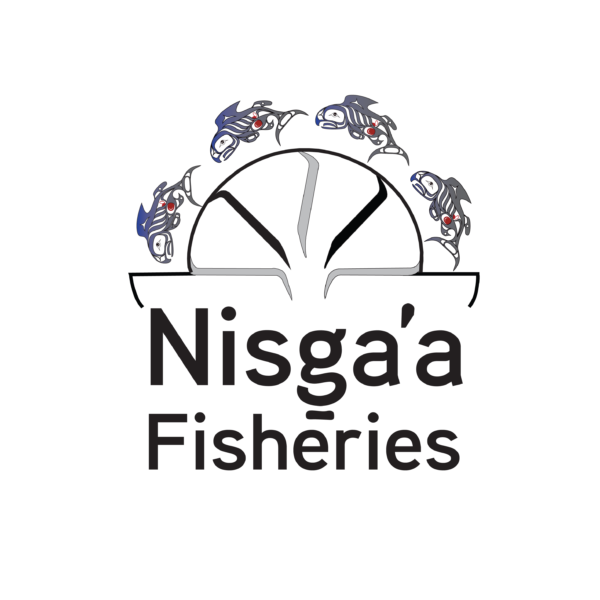
Mission
The Nass River is being managed as part of a modern, scientific fishery to provide a sustainable resource for the Nisga’a people today — and for generations to come. Fisheries are managed to address ecological, cultural, and economic objectives.
Canada, British Columbia, and the Nisga’a Lisims Government co-manage the fisheries of the Nass River, with the objective of promoting conservation and protection of wild stocks, facilitating ongoing management, and promoting and supporting Nisga’a participation in stewardship and sustainable harvesting.
Together in 1998, they established the Nisga’a Lisims Fisheries Conservation Trust valued today at $19 million to sustain future management investments. Nisga’a modern Fisheries Management utilizes fish wheels and other technologies to monitor the health of salmon. The Nisga’a Fisheries Program operates a variety of assessment activities each year, informing stock assessment, habitat conservation, and restoration work, as well as salmon harvest management.
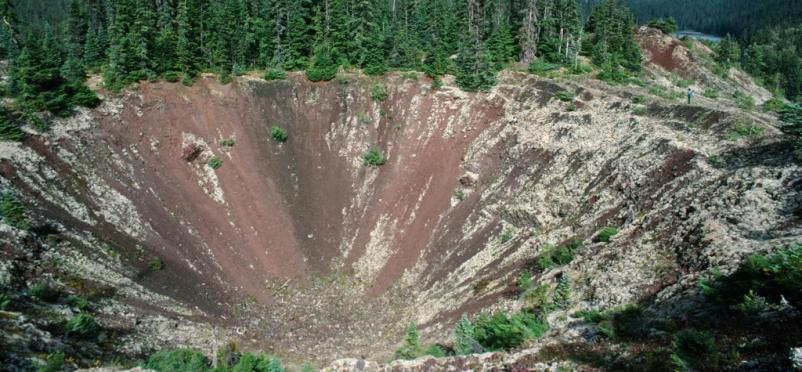
K’amliighahlhaahl (the Creator)
Traditions
In the time before memory, our ancestors lived in disorder, confusion, and constant fear of starvation. To help the Nisga’a, K’am Ligii Hahlhaahl (Chief of Heavens) sent his grandson, Txeemsim.
When Txeemsim found our people wandering in darkness, he brought sunlight to the world. Above the clouds surrounding the highest peak at Magoonhl Lisims, somewhere beyond the sun, is the home of K’am Ligii Hahlhaahl (Chief of Heavens).
This we learned from our ancestors, who in turn learned it from K’am Ligii Hahlhaahl’s messengers — especially Txeemsim (source).
Laxmihl: Where the Fire Ran Out
Long ago, two children were playing down by the river. One child caught a salmon and slit open its back. The child stuck sticks into the salmon’s back, set them on fire, and returned the fish to the river. The children were amused to see the salmon swim erratically, smoke rising from its back.
The other child caught a salmon and slit open its back, inserted a piece of shale, and put it back into the river. The salmon floated on its side, weighed down by the shale. The children laughed at the struggling fish.
An elder happened upon the scene and warned the children, “Take care what you do. The salmon will curse you and the Creator will respond in kind.”
The ground began to tremble and shake. Nature’s harmony had been upset. A scout was sent to investigate. From the top of Gennu’axwt, he saw smoke and flames and ran to warn the people of their fiery destiny.
In panic, some villagers fled up the mountain. Others canoed to the far side of the river but were killed by the lava. As the people watched the lava flow over their villages, Gwaxts’agat (a powerful supernatural being) suddenly emerged to block the lava’s advance.
For days, Gwaxts’agat fought back the lava by blowing on it with its great nose. Finally, the lava cooled and Gwaxts’agat retreated into the mountain where it remains to this day. — from Nisga’a oral tradition (source).

Modern Fishery
One of the healthiest river systems in the world, K’alii Aksim Lisims (the Nass) is the spawning grounds of five species of wild salmon, steelhead, and oolichan. NLG and Canada manage the Nass salmon fishery to preserve the resource, provide for Nisga’a citizens, and support a modern, sustainable fishing industry.
Facilitated through the Joint Fisheries Management Committee (comprised of representatives from Canada, British Columbia, and the Nisga’a Nation) the Nisga’a Fisheries Management Program (NFP) utilizes fish wheels and other technologies on the Nass River for salmon monitoring, tagging, and data collection, and conducts stock assessments on a variety of species throughout the Nass Area. NLG works with British Columbia to manage the non-salmon sport fishery.
The focus of stock assessment is on sockeye, Chinook, coho and steelhead, pink and chum as well as non-salmon species. The fish wheels have provided the bulk of the assessment data for the salmon species. Radio-telemetry was used to develop and evaluate the mark-recapture system.

The goals of the program are to:
- Determine the status of Nass stocks.
- Provide the information required for better management.
- Determine the run size, timing, and harvest rates.
- Determine factors limiting production.
- Provide training and employment for Nisga’a people.
- Nisga’a Fisheries Management Program collaborates with researchers from around the world, including Williams College, Massachusetts, USA; National Research Institute of Far Seas Fisheries, Japan; Alaska Dept. of Fish and Game; Lhiet Li’ten First Nation; Yale First Nation; UBC Zoology; Pacific Biological Station, DFO, Nanaimo; BC Ministry of Environment.

About Our Logo
Our logo proudly illustrates the fishwheel we use in modern times as a river fishing device to collect information on returning salmon stocks and for selective harvest when stocks are strong. It is a symbol of our ancient fish trapping technologies and a Nisga’a tradition of taking only what we need.
The four swimming salmon represent our traditional community centers along the river – Gitlaxt’aamiks (New Aiyansh), Gitwinksihlkw (Canyon City), and Greenville (Laxgalts’ap), Gingolx (Kincolith).
